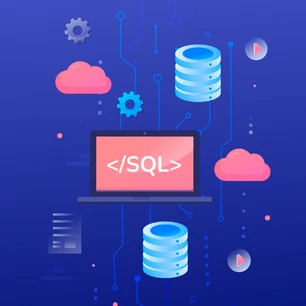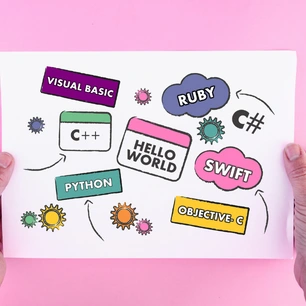If you want to build Machine Learning applications using Python, you can use the open-source TensorFlow library. It provides the algorithms and structures you need to develop your Machine Learning applications. It can run on virtually any device and is capable of multitasking. It also has a thriving developer community and is free to use.
TensorFlow is an open-source library
TensorFlow is a powerful open-source library for developing deep learning models. Its flexible implementation allows developers to train and deploy trained models on laptops and mobile devices without the need to purchase additional hardware. TensorFlow is a popular choice among Data Scientists and is widely used in many industries.
TensorFlow is a Python-based framework for developing machine learning applications. It allows developers to train and deploy machine learning models in their preferred language. The language supports a wide range of targets, including GPUs and CPUs. In addition, it supports a variety of operating systems, including iOS and Android devices.
TensorFlow was originally created by Google and released under the Apache 2.0 open-source license in 2015. Since its initial release, TensorFlow has gained massive popularity. It is the most widely used deep learning library in the industry. Its ease of use and cloud-computing capabilities make it a popular choice among developers.
It provides algorithms and structure to implement Machine Learning
TensorFlow is a framework that provides the algorithms and structure required to implement Machine Learning. The library includes a default graph and allows users to define their own graph or to use one of the many pre-defined graphs. The graph is used to process external data, which can be fed into it as variables, constants, or placeholders.
It combines algorithms and statistics to build Machine Learning models. It will help improve search engines, translate text, and improve recommendations. It also has the ability to train multiple neural networks simultaneously, making it more efficient. While it is not perfect for all applications, TensorFlow is an excellent choice for deep neural networks that include many layers.

Besides providing algorithms and structure to implement Machine Learning, TensorFlow provides a dynamic graph for creating multiple-layer neural networks. TensorFlow supports both Python and C++. It allows developers to use Python and C++ to create neural networks, which train a deep learning model.
It can handle multitasking
Deep Learning with TensorFlow is an open-source project which allows other engineers to experiment with this neural network. However, this method can be difficult to understand as it involves complex computations and may require more than one computer to perform multiple tasks. For this reason, Google released the code for MultiModel as part of its TensorFlow project.
As the workload for a single DNN grows, it becomes necessary to allocate more memory for it. This is a big issue in multitask learning systems as the amount of memory available to each DNN is relatively small. This causes severe latency, which reduces responsiveness and usability.











